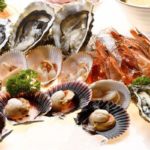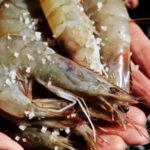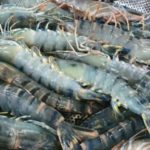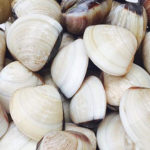1 Tips for Choosing Fresh Seafood When Traveling
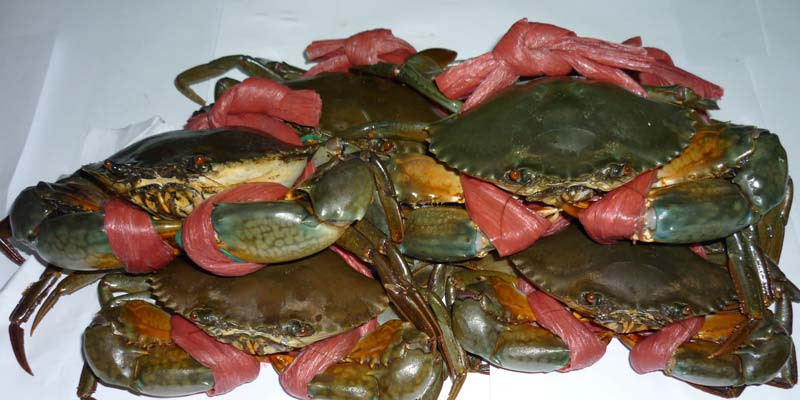
Choosing Crabs
Pay attention to the dull gray shell on the outside of the crab. To be more careful, press the crab’s apron with your finger to feel its firmness; a larger apron indicates more meat.
Avoid crabs with green shells and soft aprons. These crabs tend to be watery and have less meat, affecting the taste.
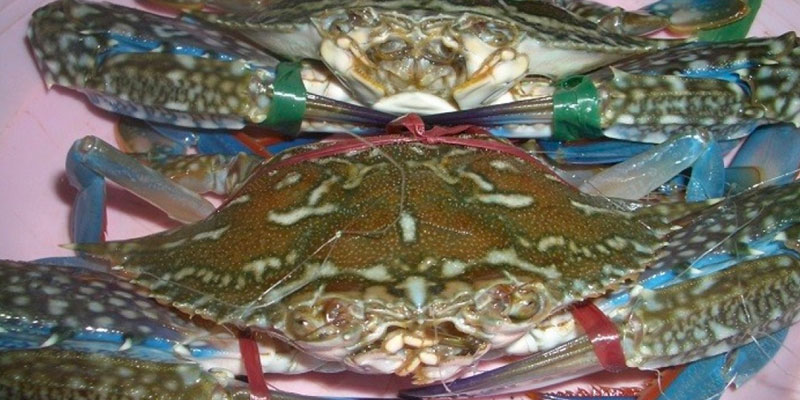
Red, Three-Spot, and Green Crabs (Female and Male Crabs)
It is best to choose medium-sized crabs over larger ones for better taste. Select green crabs, and make sure their aprons don’t sink when pressed.
If you prefer meat, go for male crabs. Press near the apron (close to the paddles); if it doesn’t sink, it’s meatier. If you prefer roe, choose female crabs—look for a slightly yellow color and firm legs.
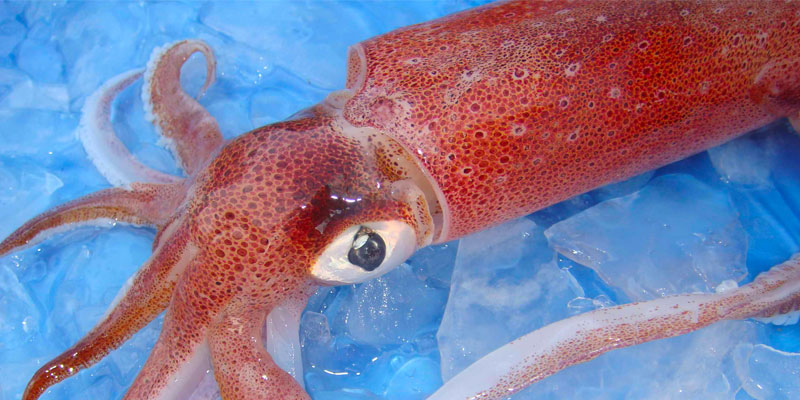
Shrimp
Look for firm, white shrimp with hard shells. The head should be firmly attached to the body, and the legs should be fresh. Avoid shrimp with cloudy or yellowish-red colors.

Fish
When choosing fish, look for bright, lively eyes. Some fish may have slightly protruding eyes. Fresh fish will spring back when pressed. Look for red or bright pink gills.

Fresh Squid
Choose larger, thicker squid with a dull white color and a brown membrane (for cuttlefish). For squid, select those with light pink meat. The head should be firmly attached, and the ink sac should be intact.

Dried Squid
Look for a layer of powder on the outside (the thicker, the better). The squid should be light pink, odorless, and dry to the touch. It shouldn’t taste overly salty.
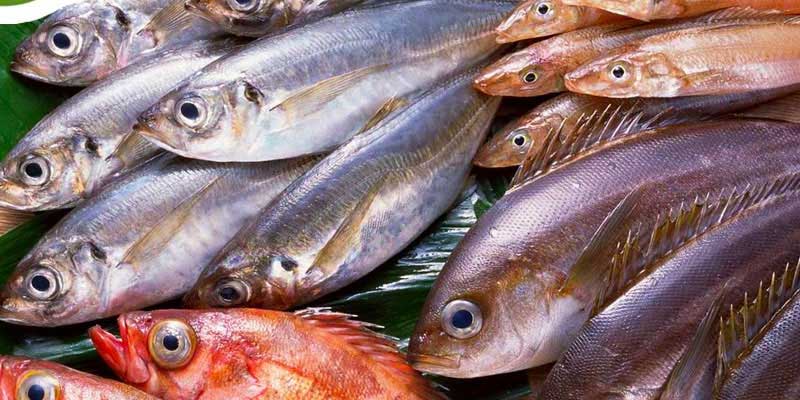
Blood Cockles
Choose larger cockles, as smaller ones tend to shrink when boiled, and larger ones can be tough. Fresh cockles will have their tongues out; if they’re closed, smell them to ensure they’re not foul.
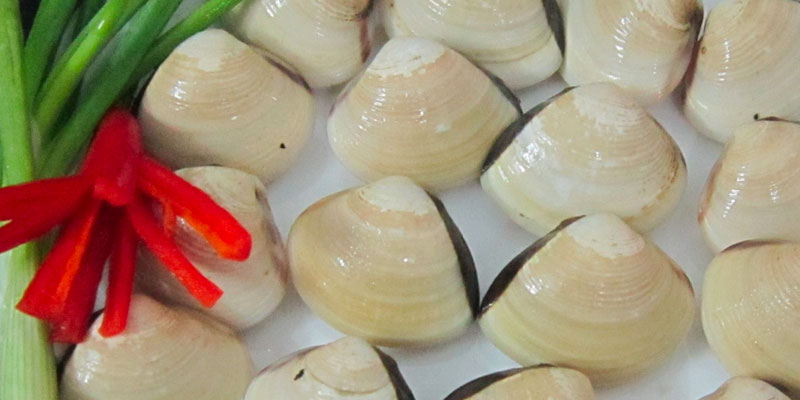
Clams
Choose clams with hard, tightly closed shells. Try to pry open the shell; if it opens easily, the clam is dead.
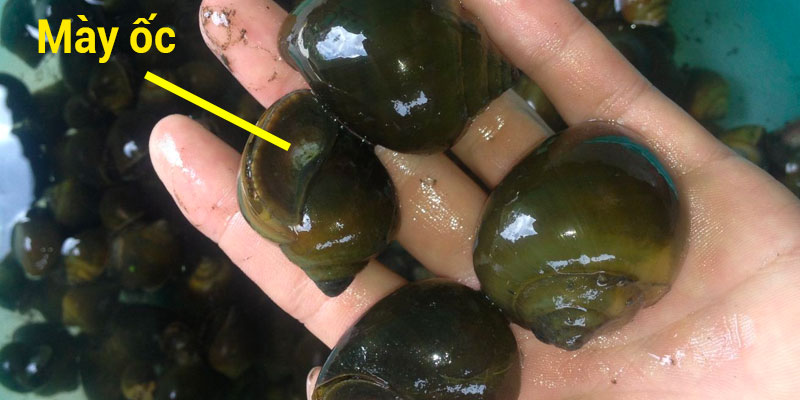
Snails
Fresh snails will have their operculum close to the outside, and it will close when touched. Avoid snails with sunken opercula, as they may smell unpleasant.
2 Things to Keep in Mind When Eating Seafood
– Avoid consuming raw seafood to prevent the risk of infections and parasites.
– Do not eat or buy seafood with shells that are not fresh, as they may contain harmful bacteria.

– Avoid drinking alcohol with seafood to lower the risk of gout.
– Do not consume seafood with fruits, as it may cause stomachaches.
– Do not drink tea after eating seafood, as it may cause kidney stones.
– Avoid boiling or steaming; instead, opt for hot pot or stir-frying. Frozen seafood should be thoroughly cooked.
Now you know some handy tips for choosing fresh seafood when traveling. Keep these secrets in mind to enjoy delicious seafood dishes. Happy travels and bon appétit!
Source: kienthuc.net.vn
How to Choose Fresh Seafood: Important Cabinet Tips
In recent years, concerns have been raised over the practice of injecting urea and chemicals into seafood, making it difficult to find safe and fresh options. To help, DienmayXANH.com offers some tips on how to select the best seafood available. Seafood is a rich, delicious, and nutritious source of food, and this advice will help ensure you make the most of it.


























